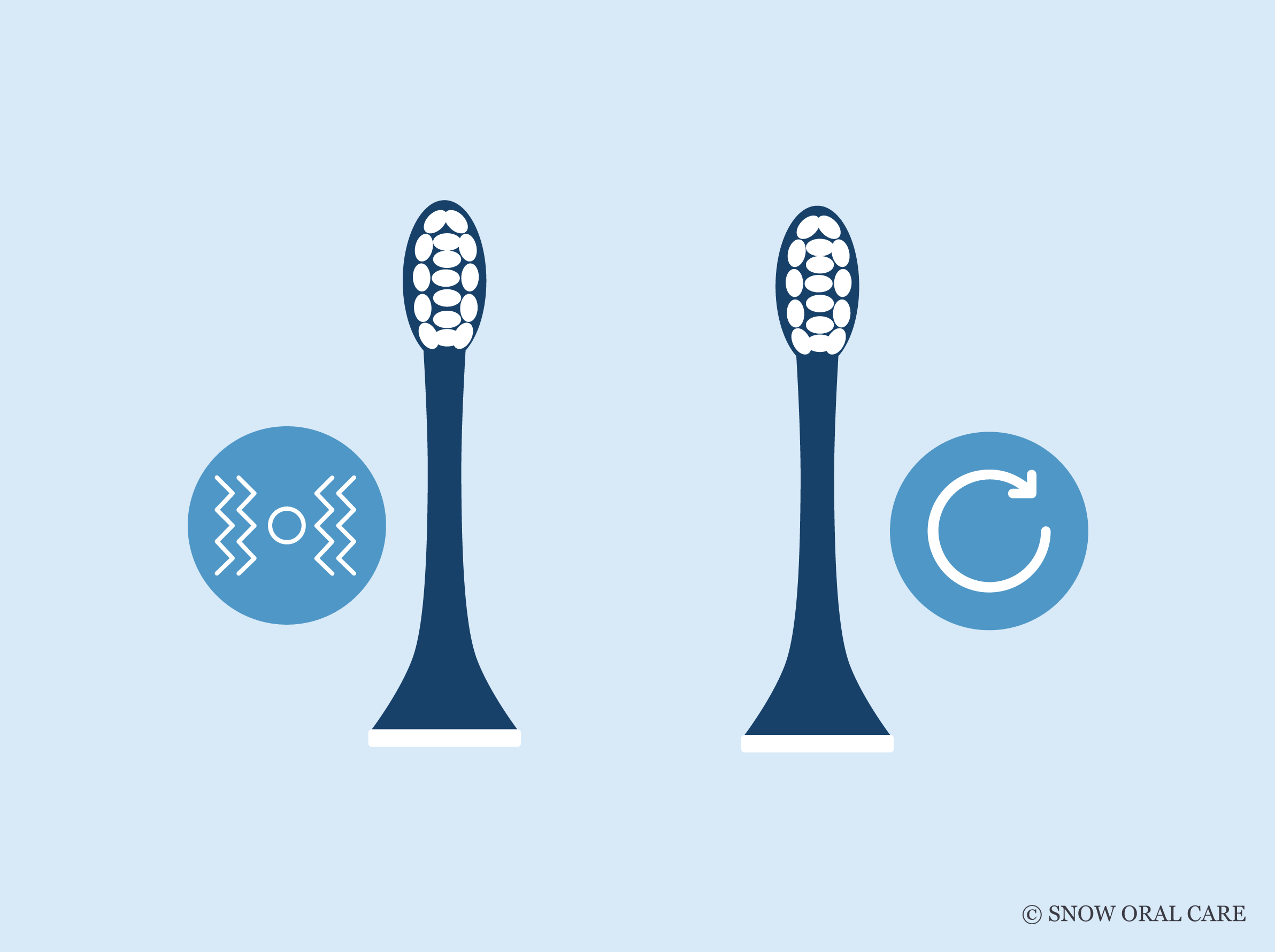If you’ve ever found an old box in your drawer and wondered, do teeth whitening strips expire? the answer is yes. Like most dental products, whitening strips have an expiration date, and using them past that point can reduce their effectiveness and even lead to issues like sensitivity or gum irritation.
This guide explains why whitening strips expire, how to tell when they’ve gone bad, and how to store them properly to get the most out of your teeth whitening routine.
Key Takeaways
-
Teeth whitening strips have a shelf life of one to two years; using them past their expiration date can lead to reduced effectiveness and potential health risks.
-
Proper storage is essential for maintaining the efficacy of whitening strips; they should be kept in a cool, dry place away from direct sunlight and moisture.
-
Signs of expired or degraded strips include changes in color, texture, odor, and poor adhesion, which can lead to uneven whitening results and discomfort.
Do Teeth Whitening Strips Expire?
Yes, teeth whitening strips do expire — and it’s important to pay attention to the expiration date printed on the box or foil packets. These whitening products are effective only when their chemical composition is stable. Over time, the active ingredients lose potency, especially if the strips aren’t stored properly.
Most whitening strips have a shelf life of one to two years. After that, the chemical composition can break down, which reduces whitening power and may lead to inconsistent or weak results. Even worse, expired whitening strips could increase sensitivity or cause gum irritation. If you experience any discomfort, stop using the strips and consult a dental professional.
To maintain their effectiveness and help you achieve a radiant smile, whitening strips must be stored properly. That means following proper storage methods — keeping them in a cool, dry place away from heat and light. Using fresh, well-kept strips within their effective date is the best way to get safe, reliable results from your at-home whitening routine.
Shelf Life of Whitening Strips
Teeth whitening strips generally remain effective for about 1 to 2 years if left unopened and stored in a cool, dry place. Once the packaging is opened, the active ingredients may start to lose potency within 6 to 12 months. How long the product lasts can depend on factors such as storage habits and the specific formulation. To get the most noticeable and safe results, it’s best to use whitening strips before their expiration date.
Different brands may have varying shelf lives due to their unique formulations and ingredients. Proper storage also plays a significant role in maintaining the effectiveness of the whitening strips. Factors such as exposure to heat, light, and moisture can accelerate the breakdown of the active ingredients, leading to reduced efficacy.
Therefore, always store your strips in optimal conditions to prolong their shelf life.
How to Check Expiration Dates
To make sure your whitening strips are still effective and safe to use, follow these simple steps:
1. Locate the expiration date: Look on the outer box or the individual foil packets. Most whitening strips include a clearly printed “Best if Used By” date, which typically falls 1 to 2 years after the manufacturing date.
2. Inspect the strips visually: If you notice any dryness, cracking, discoloration, or unusual textures, the strips may have degraded—even if the printed date hasn’t passed.
3. Smell the product: A strange or off-putting odor can signal that the active ingredients have broken down or the chemical composition has changed.
4. Check how they feel during application: If the strips don’t stick well or feel brittle, they’ve likely lost adhesion and are no longer effective.
5. Store them properly to prevent early expiration: Even strips with time left can degrade early without proper storage. Always keep them in a cool, dry place away from sunlight and humidity.
What Happens When Teeth Whitening Strips Expire?
When teeth whitening strips expire, their performance declines due to the breakdown of key whitening agents. These strips rely on active ingredients like hydrogen peroxide or carbamide peroxide, which lose their potency over time. Once these ingredients degrade, the whitening strips are no longer effective at lifting stains, often leading to uneven or minimal results.
But expired whitening strips don’t just lose their effectiveness — they can also cause unwanted side effects. Using a strip past its expiration date may result in:
-
Patchy whitening or inconsistent results
-
Increased tooth sensitivity
-
Irritated or inflamed gums
To avoid these problems, it’s important to check the expiration date and ensure proper storage before use.
Degradation of Active Ingredients
The whitening power of teeth whitening strips depends on peroxide-based compounds. Over time, these active ingredients lose potency, especially if the strips are not stored correctly. When the chemical structure begins to break down, the gel becomes less effective at removing stains and adhering to the teeth.
Common signs of degraded whitening strips include:
-
A noticeable change in smell (often sour or off)
-
Discoloration or yellowing of the strip
-
Loss of stickiness or crumbling texture
-
No fizz or tingling when applied to teeth
These are clear indicators that the chemical composition has changed and the strip should be discarded. Fresh strips are key to achieving a radiant smile safely and effectively.
Potential Side Effects
Using expired whitening strips may come with more than just poor results. As the ingredients degrade, they can become more abrasive or chemically imbalanced. This may lead to:
-
Tooth enamel erosion
-
Heightened tooth sensitivity during and after use
-
Gum irritation or inflammation
To protect your oral health, it’s best to avoid expired whitening products entirely. Stick with fresh strips that are stored properly and within their shelf life to ensure both safety and effectiveness.
Identifying Expired or Degraded Whitening Strips
Expired whitening strips not only lose their effectiveness but can also lead to irritation and uneven results. Knowing how to spot a strip that's past its prime helps you avoid wasting time and get closer to your confident smile. Whether you’re digging through your medicine cabinet or trying a new box, a quick inspection can go a long way.
Visual and Sensory Indicators
Before applying any strip, take a moment to inspect it. Common signs of expired whitening strips include:
-
Color changes: if the strip looks yellowed or faded
-
Texture changes: if it feels brittle, dried out, or cracked
-
Strange odor: anything sharp or sour is a red flag
If you notice any of these signs, the active ingredients may have already degraded. Using strips in this state makes it harder to achieve your desired results. Always check the expiration date on the box or foil packet, even if the strips have been stored in decent conditions.
Performance Issues
Even if the strips look fine, how they perform can tell you everything. Watch for:
-
poor adhesion: if the strips won’t stay in place
-
patchy or uneven whitening
-
a dull feel with no noticeable tingle
These issues point to reduced effectiveness, often due to improper storage conditions or simply age. Whitening products lose their strength over time, especially when exposed to moisture or heat. If your goal is dramatic results, it’s better to start fresh than to take chances with an old box. Checking the expiration date regularly ensures you’re using whitening options that actually work and help you maintain a confident smile.
Proper Storage Methods to Maximize Shelf Life
Proper storage is key to maximizing the shelf life and effectiveness of teeth whitening strips. These strips should be stored in a cool, dry place away from direct sunlight and moisture. High humidity and exposure to excessive heat can accelerate the breakdown of the active ingredients, leading to reduced effectiveness.
To ensure your whitening strips remain potent up to their expiration date, follow these storage tips:
-
Avoid exposing them to extreme temperatures.
-
Maintain proper storage conditions to help preserve their potency.
-
Always check the expiration date.
-
Store the strips correctly to prolong their shelf life.
These steps will help you achieve the best whitening results.
Ideal Storage Conditions
Teeth whitening strips should be stored with the following considerations:
-
Keep them in a cool, dry place.
-
Avoid direct sunlight and heat sources.
-
Use a temperature-controlled environment to prevent degradation.
-
Protect from exposure to heat, light, moisture, and air, as these can accelerate the breakdown of active ingredients and reduce effectiveness.
While refrigeration is acceptable for short-term storage, it is not necessary. However, freezing the strips is not recommended as it can affect their texture and efficacy.
By storing your whitening strips properly, you can ensure they remain effective throughout their shelf life.
Importance of Original Packaging
Keeping teeth whitening strips in their original packaging is crucial for maintaining their effectiveness because:
-
The original packaging is designed to protect the strips from exposure to air and moisture.
-
Exposure to air and moisture can degrade the quality of the strips.
-
Minimizing exposure to these elements helps the strips retain their potency for a longer period.
Using the original packaging also helps ensure optimal performance of the whitening strips. It provides a sealed environment that prevents the active ingredients from breaking down prematurely, allowing you to achieve effective results in whitening.
Always store your strips in their original packaging to maximize their shelf life.
Implications of Using Expired Teeth Whitening Strips
Using expired teeth whitening strips can lead to several negative implications. One of the main issues is reduced whitening effectiveness, which can result in uneven whitening effects and inconsistent results. Additionally, using expired strips may cause discomfort during the whitening process, leading to a less pleasant experience.
While expired teeth whitening strips are technically safe to use, it is generally not recommended due to the associated risks. The potential for suboptimal whitening results and increased sensitivity makes it essential to use fresh strips within their expiration date.
Reduced Whitening Effectiveness
The effectiveness of whitening strips diminishes significantly after their expiration date. Using expired strips can lead to inconsistent whitening results, with some teeth remaining discolored while others appear lighter. This uneven whitening effect can be frustrating and may not provide the brighter smile you desire.
In addition to uneven results, using expired strips can be a waste of time and money. The reduced efficacy of the active ingredients means that the whitening process may take longer or require more frequent applications, ultimately making it less cost-effective. For the best results, always use teeth whitening strips before their expiration date.
Health Risks
Using expired teeth whitening strips poses various health risks. One of the primary concerns is increased gum irritation and tooth sensitivity. The degraded gel in expired strips can irritate the gums or enamel, leading to discomfort during and after the whitening process.
Additionally, expired strips may have weakened bleaching power, resulting in patchy whitening results and a less effective whitening experience. To avoid these health risks and achieve the best results, it’s crucial to use fresh, unexpired whitening strips and store them properly.
Smarter Alternatives to Using Expired Whitening Strips
If you’ve discovered expired products in your medicine cabinet, don’t risk subpar results or irritation by using expired strips. Fortunately, there are proven alternatives that help you safely achieve a brighter, healthier smile—without compromising on potency or performance.
Professional Whitening Treatments
For the best results, a visit to the dentist can offer safe, effective solutions that outperform at-home options. Professional whitening uses high-concentration gel formulas that break down stains more efficiently than typical strips, and treatments are customized to fit your unique oral needs.
Why See a Dentist for Whitening:
-
Delivers dramatic and fast results
-
Targets deep stains more effectively
-
Reduces risk of sensitivity or uneven color
-
Monitored care ensures the safest possible outcome
Professional care is especially helpful if you’ve experienced irritation or poor outcomes from using expired at-home products.
At-Home Whitening Kits
If visiting a dentist isn’t an option, there are many high-quality whitening kits available for at-home use. These include LED light systems, whitening gel pens, and natural formulas that can brighten your teeth safely and effectively.
Reliable At-Home Whitening Options:
-
LED kits: Boost gel effectiveness for faster results
-
Charcoal and peroxide-based toothpastes: Help reduce surface stains
-
Whitening strips (unexpired): For gradual brightening and easy use
To ensure you get effective results, always check the packaging for an expiration date and store your products in a dry place to protect the chemical composition and potency of the active ingredients.
Final Thoughts
Whitening strips are an easy and popular way to brighten your smile, but their effectiveness fades once they expire. Using expired products can lead to weaker results, sensitivity, or even irritation—making it more important than ever to check the expiration date and store your strips in a cool, dry place.
If you’re dealing with stains or not getting the results you want, it may be time to explore better whitening options. For a safe, gentle, and effective approach, consider switching to a formula that works harder without the harsh side effects.
SNOW’s fluoride-free, hydroxyapatite whitening toothpaste delivers noticeable results while protecting enamel. It's dentist-formulated, sensitivity-friendly, and designed for daily use. Want a whiter, healthier smile—without the guesswork? Try SNOW and see the difference.
Frequently Asked Questions
Do teeth whitening strips expire?
Yes, teeth whitening strips expire and are most effective when used before their expiration date. Always check the packaging for the expiration date to ensure optimal results.
What are the proper storage recommendations for whitening strips?
To ensure effectiveness, store whitening strips in their original packaging in a cool, dry place away from direct sunlight. Regularly check the expiration dates to maintain their quality.














































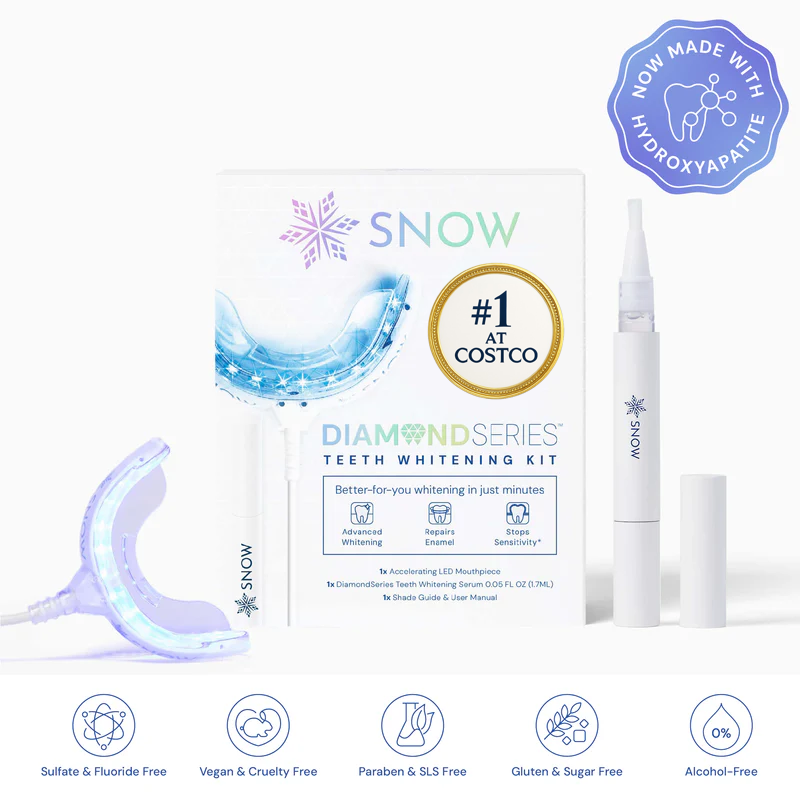
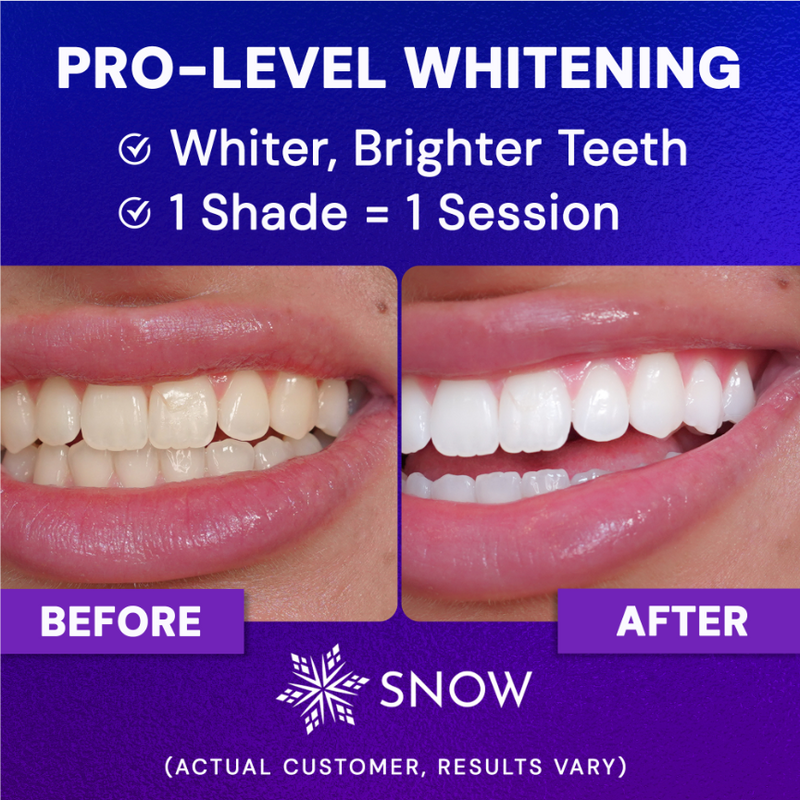
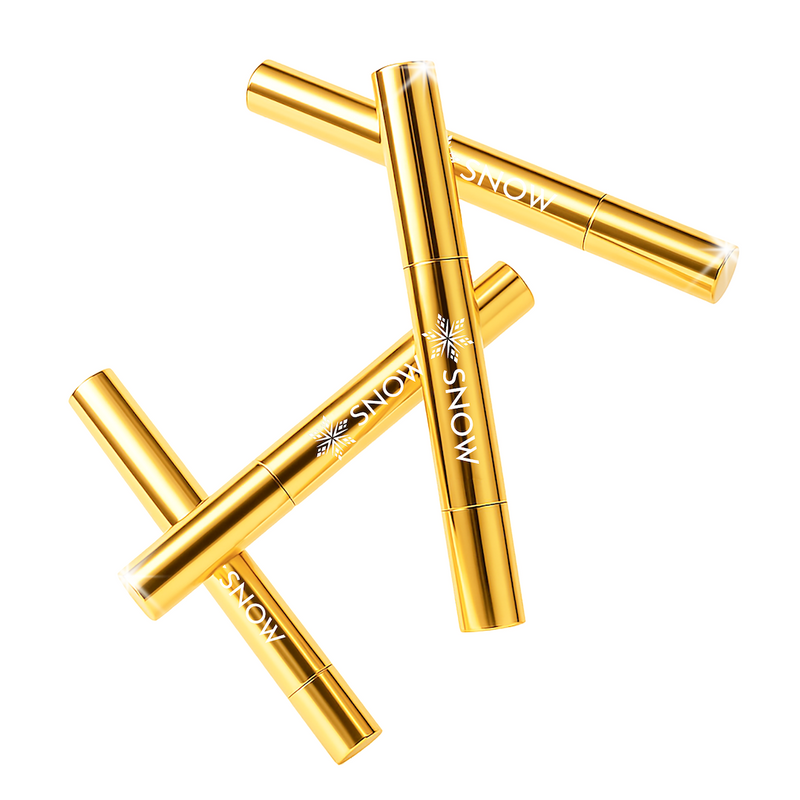
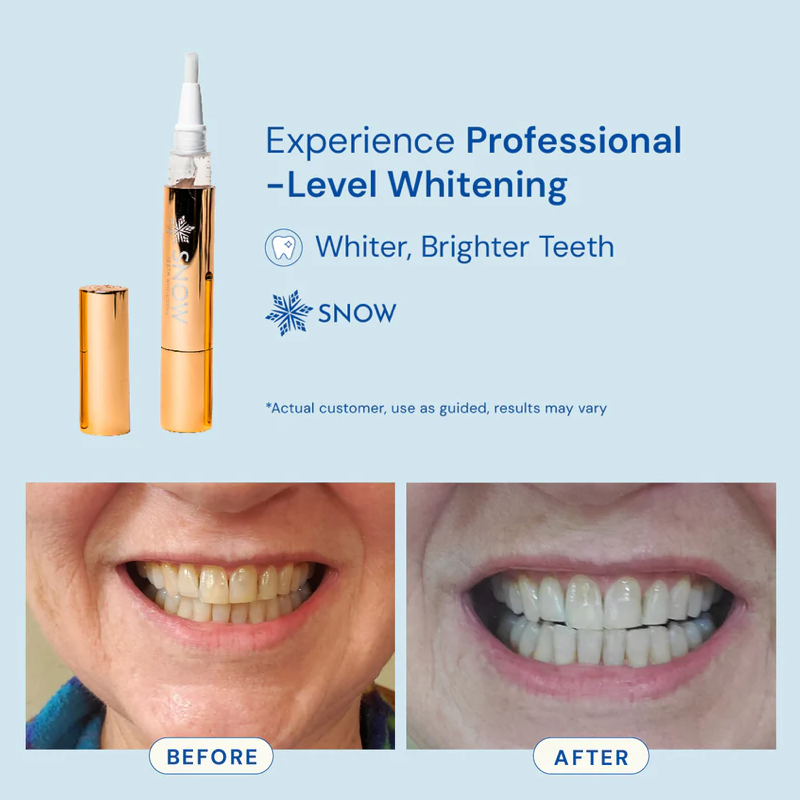
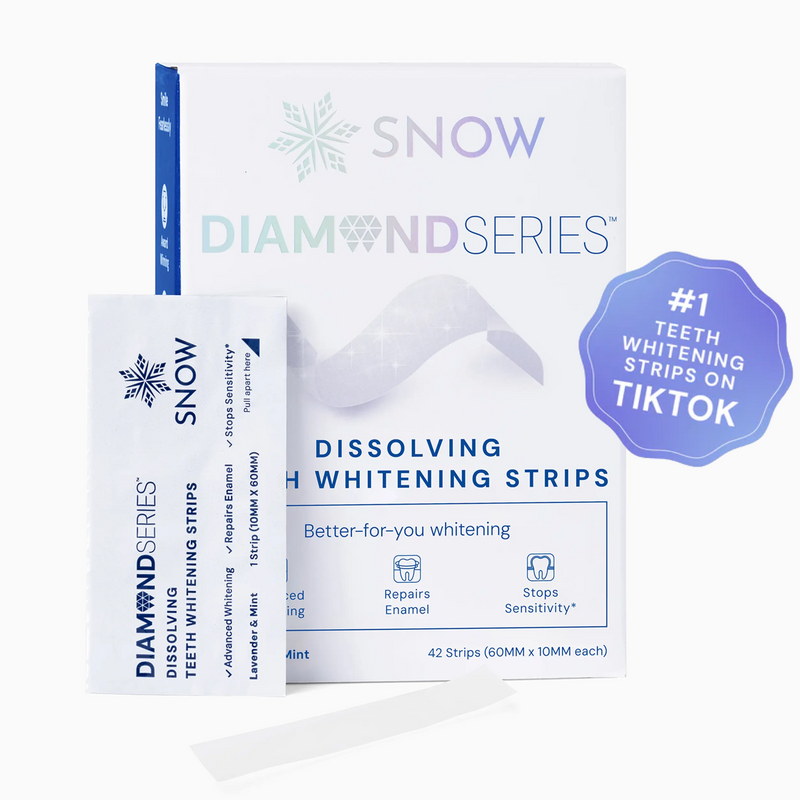
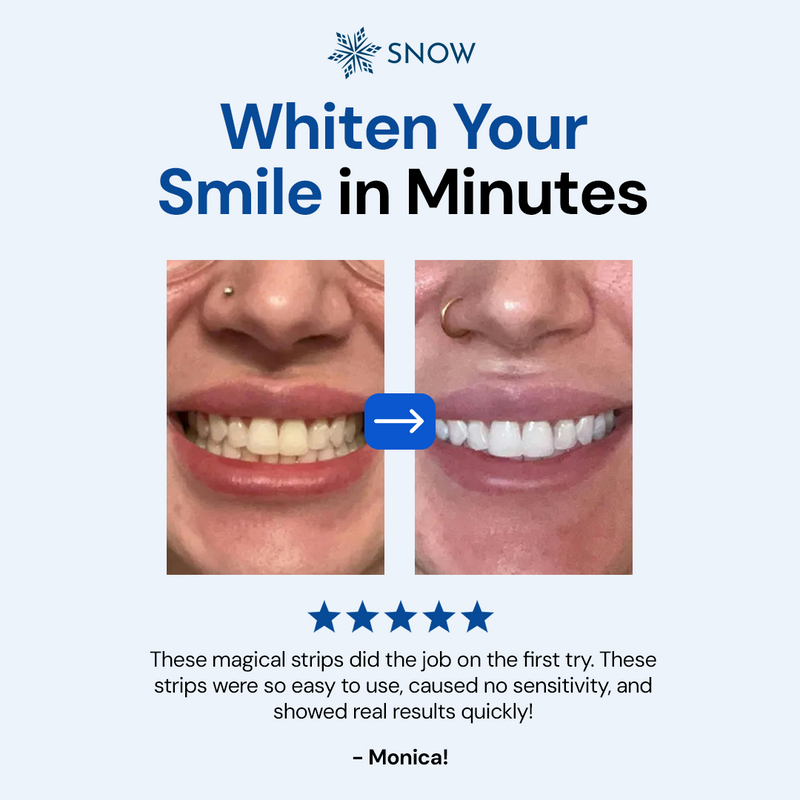
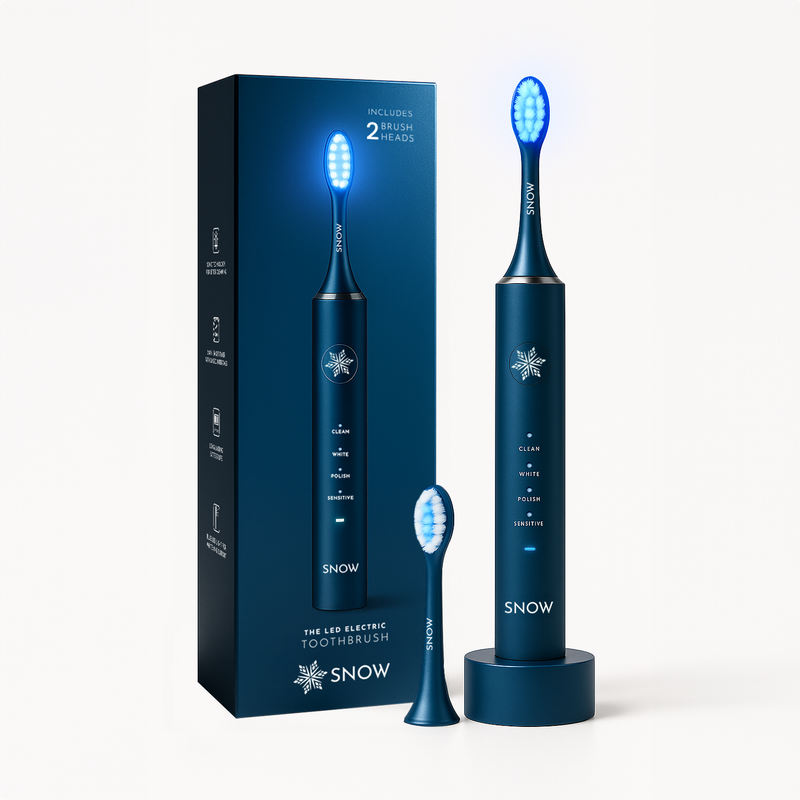

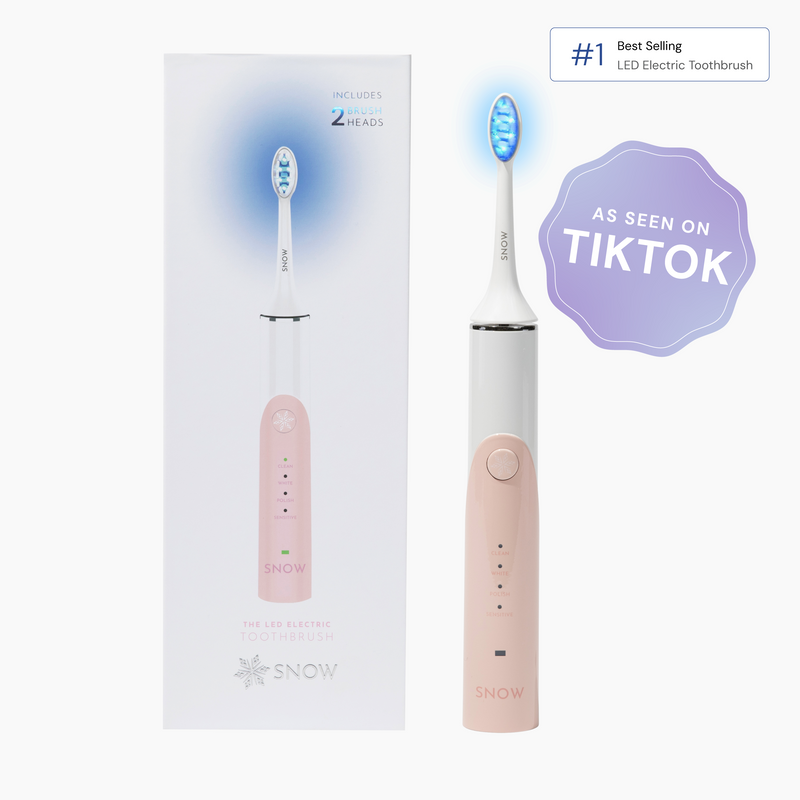
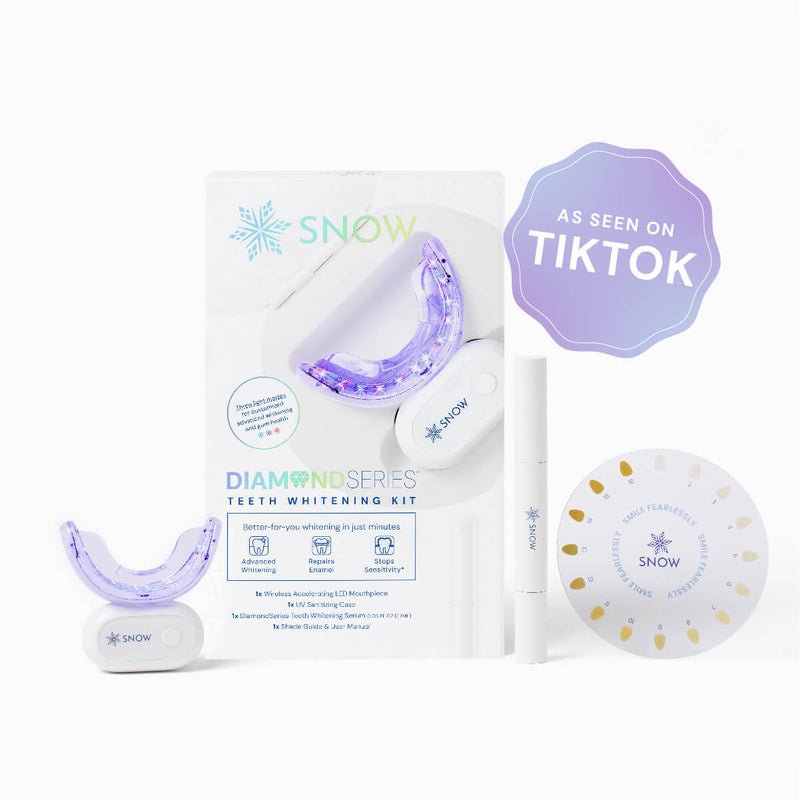
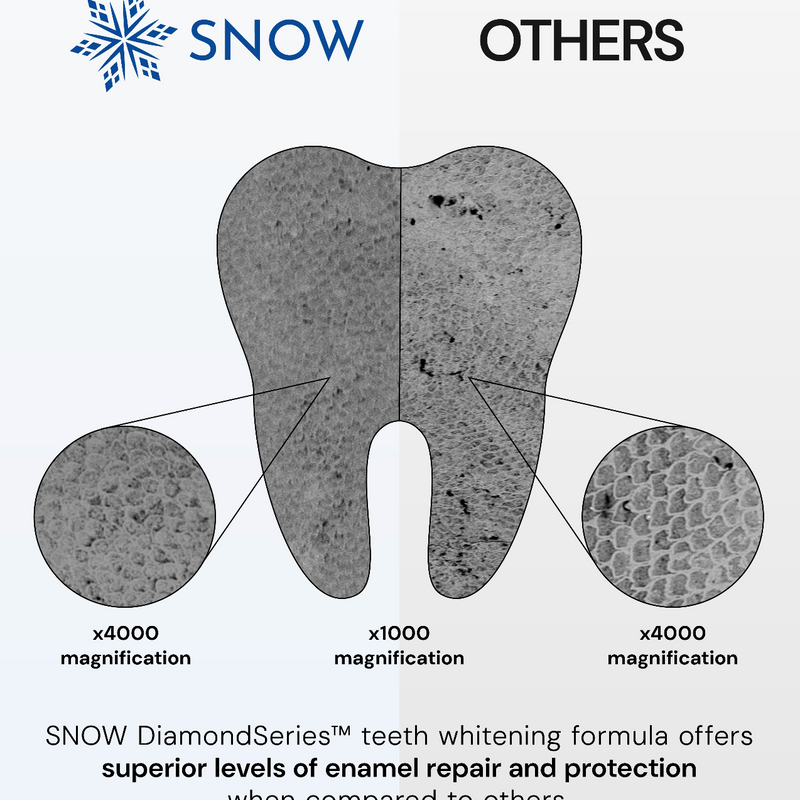
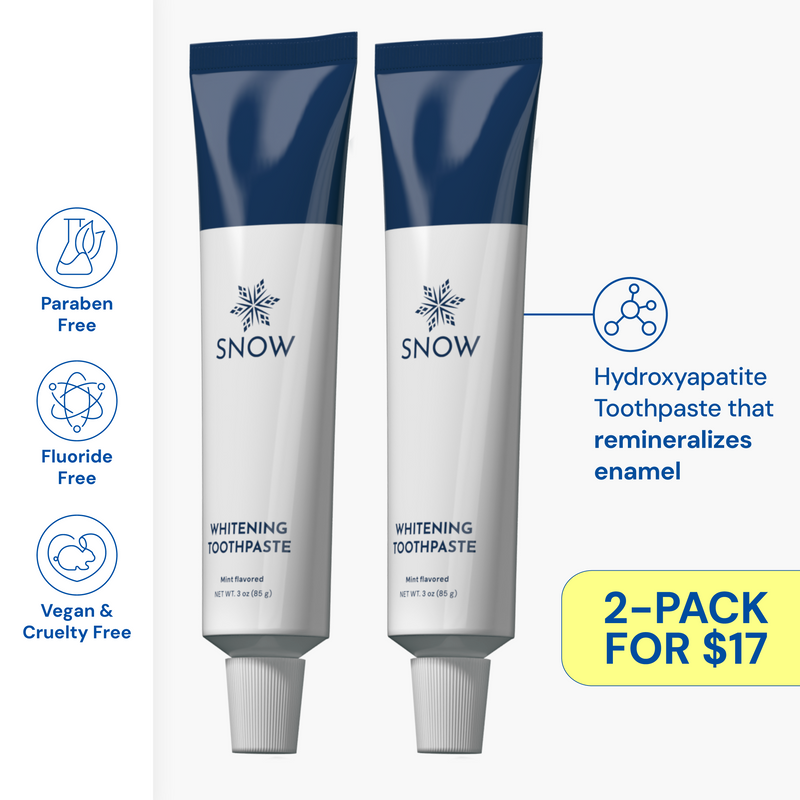
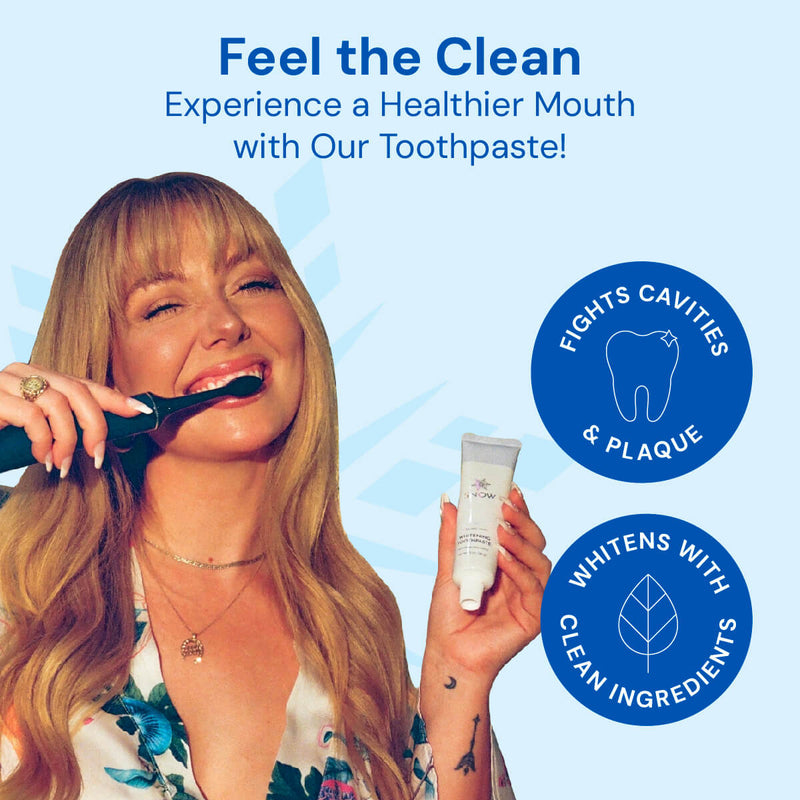
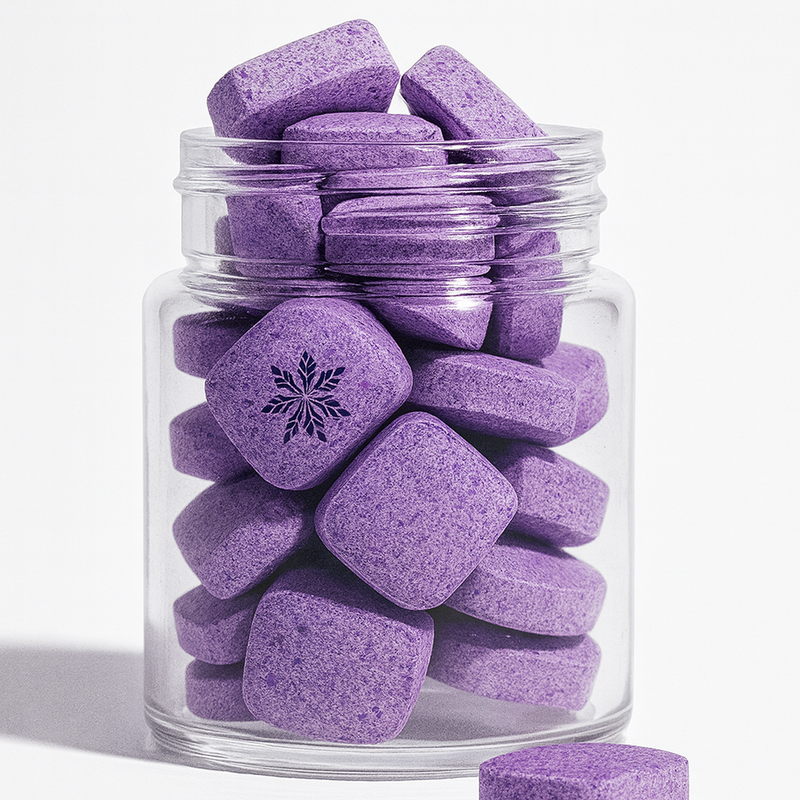

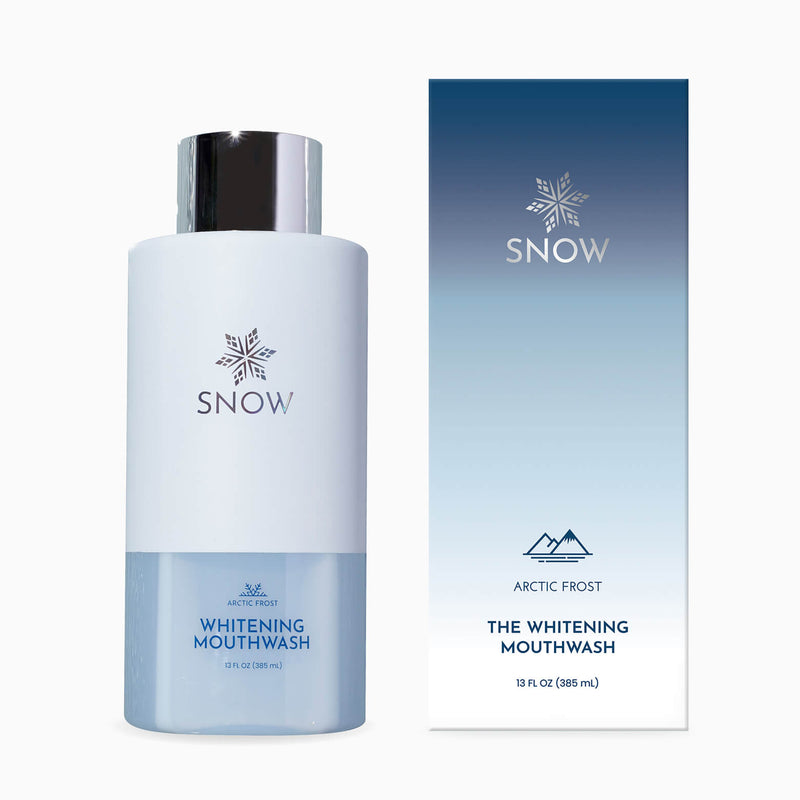
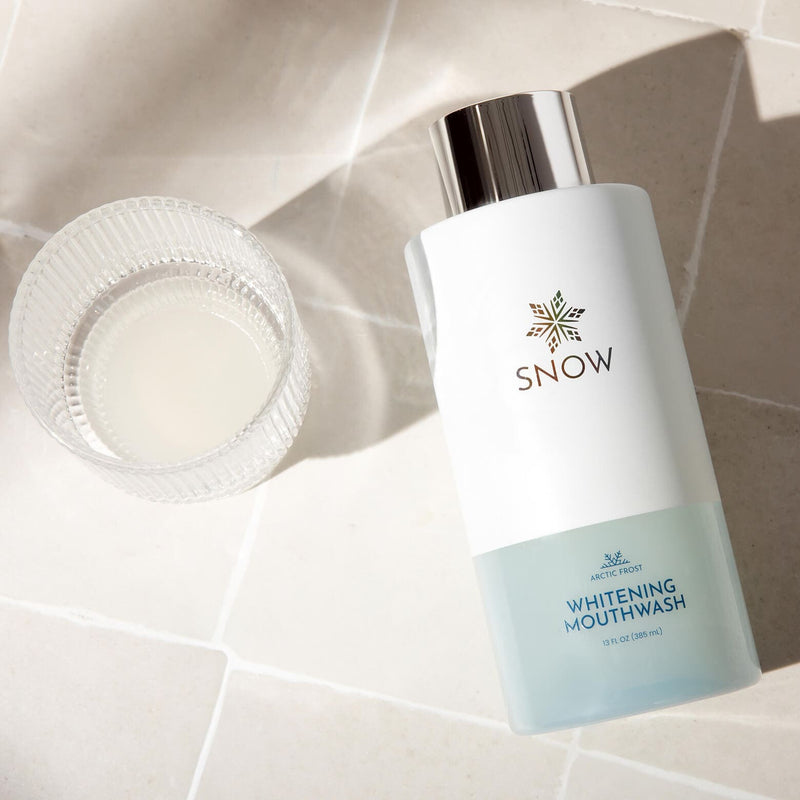
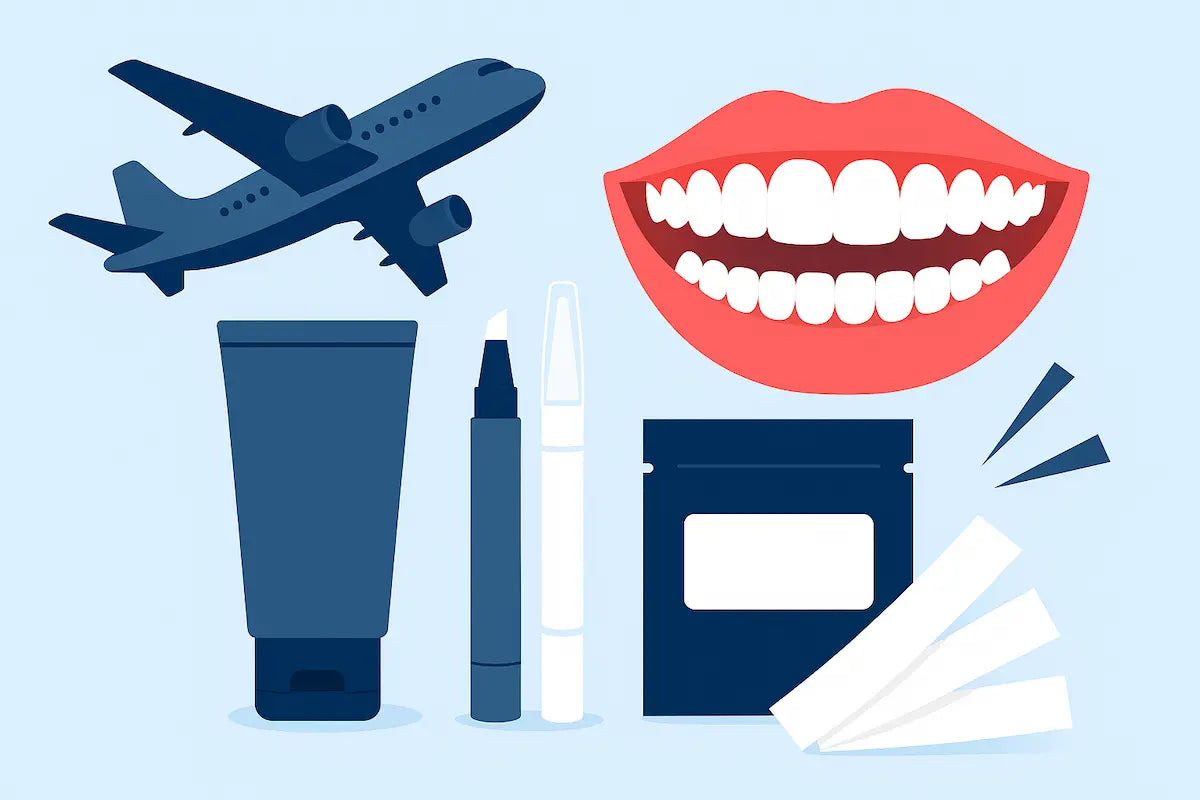
![The 7 Best Dissolving Teeth Whitening Strips of 2025 [Tested & Reviewed]](http://www.trysnow.com/cdn/shop/articles/Best_Dissolving_Whitening_Strips_f255d438-ec16-4864-88ee-a490b9b5c865.webp?v=1761235799)

